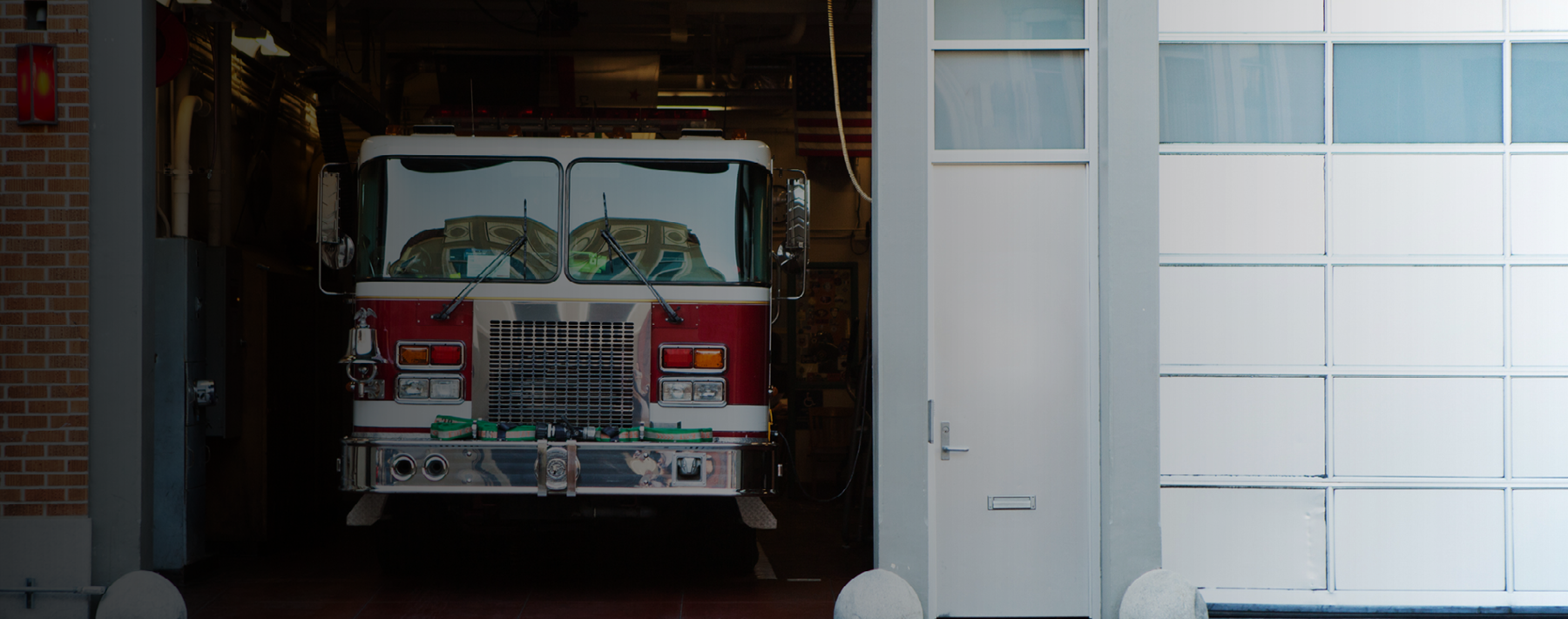Have you ever performed a recovery workout? But first, here’s a question: As first responders, are we over-stressed—or under-recovered?
Recovery from training—and recovery from a tough shift—is one of the most important aspects of our overall wellness. There is a lot of emphasis placed on getting fit and working out as a firefighter, EMT and medic. As there should be! It is a vital component of a healthy career. But when we think about workouts, we usually just think about lifting heavy weights and doing intense exercises.
An essential component of a healthy body and mind is letting your body recover from the stresses of the workout and of the shift. What good is a workout if you’ve only gotten one or two hours of sleep? Are you really doing your body a good thing by performing intense exercise after a day of stressful calls? This is where the recovery workout comes into play.
Check out this video to learn more:
Couch Time Is Not Recovery Time
When you are very sore after a workout or really tired from a long shift, it might be tempting to lie down and binge-watch your favorite show (The Office, of course) to avoid any unnecessary activity. However, research suggests that doing absolutely nothing might not be the best recovery technique. The body and mind recover faster and more efficiently with some physical stress. Lower-intensity active recovery movement helps the body and brain connect and can improve circulation to sore muscles and joints.
Typical active recovery activities include walking, swimming, cycling, jogging, yoga or active stretching. The key is to find an activity that’s low-intensity and keeps your heart rate at 30 to 60% of your maximum. If you don’t track your heart rate or don’t know what your maximum is, you can use the talk-test: If you can hold a steady conversation while doing the activity, it’s probably the right intensity to be considered active recovery. Note: I don’t recommend trying the talk-test while swimming!
One side note about using jogging as an active recovery technique: If you’re well-conditioned and enjoy running, then a jog might be a good active recovery activity because, for you, a jog is low-intensity and feels relatively easy. For a lot of people, however, any kind of running is a high-intensity activity. And it can vary as well. I’m not in a running state of mind currently due to the winter conditions where I live. I do, however, consider jogging a good recovery in spring and summer.
What Does a Recovery Workout Look Like?
I think the best recovery workout for a first responder includes some light cardio, walking, and a mix of dynamic and passive stretching. I have a 20 to 30-minute routine I do on days I am tired or need a break.
Here it is:
- 5 minutes – walk or bike
- 5 minutes of dynamic movements – air squats, good mornings, knee hugs, step-ups, rotations. I will typically use an interval timer and set it to beep every 30 seconds. Every time it beeps, I move to a different exercise until the 5 minutes are up.
- 5 minutes of passive stretching – instead of moving through the exercise, I now hold it for 30 seconds and switch each time.
- 5 minutes of foam rolling and percussion gun targeting the muscles that feel tight during the stretching.
A recovery workout like this leaves me energized and mobile.
When Should We Do Recovery Workouts?
Now that we understand what active recovery is and how it works, we can get to the fun part: when should we do this?
You need to take a big-picture approach. How are you feeling, sleeping, eating? How is your mood? How are you sleeping? (I know, I said it twice—because it is very important.)
Use a recovery workout after a long shift or a week of work, or after you recover from illness or have a long layover from your workouts. If you are just beginning your fitness journey, I would suggest just starting with a recovery workout three times a week. Gradually increase the cardio and eventually add some resistance training so the workout morphs into something more intense.
Recovery workouts are also excellent after a hard and intense training session. I love to plan one or two of these workouts into my week based on my schedule. If I am on shift and in the stations, I will plan two.
The goal is to balance out your week with a healthy mix of functional workouts, shifts, life responsibilities and recovery days. Here’s a sample schedule:
Sunday – Full-body functional workout
Monday – (on shift) – Crew workout
Tuesday – Active recovery workout
Wednesday – (on-shift) – Fire training and yoga (5 mins)
Thursday – Full-body functional workout
Friday – Active recovery workout
Saturday – Full-body functional workout
Some of these workouts are just 15 to 20 minutes, but they keep me on track and set up the workout or shift for the next day. Also, by doing something every day I keep the habit. And yes, there are some days when I can’t work out at all. Those days, I try to take at least five minutes for some quiet time to focus on breathing and posture.
As a first responder, it is imperative to consistently work on your health and wellness. It is also important to understand progress is not made only by lifting heavy stuff and getting your heart rate up. Stress management—both physical and mental—is crucial to total health. Giving your mind and body time to recover is just as vital as doing bench presses and burpees.
So, find your recovery workout, stay safe and get Fire Rescue Fit!
Questions? Contact me at zamzowfitness@gmail.com or visit Fire Rescue Fitness. And check out my Better Every Shift podcast from FireRescue1!
References
- Corder KP, Potteiger JA, Nau KL, et al. (2000). Effects of active and passive recovery conditions on blood lactate, rating of perceived exertion, and performance during resistance exercise. Journal of Strength and Conditioning Research. 14(2):151–156. Accessed 2/17/23 from https://journals.lww.com/nsca-jscr/abstract/2000/05000/effects_of_active_and_passive_recovery_conditions.6.aspx.
- Dupuy O, Douzi W, Theurot D, et al (2018). An evidence-based approach for choosing post-exercise recovery techniques to reduce markers of muscle damage, soreness, fatigue, and inflammation: A systematic review with meta-analysis. Frontiers in Physiology. 9(403). Accessed 2/17/23 from https://www.frontiersin.org/articles/10.3389/fphys.2018.00403/full.
- Monedero J, Donne B. (2000). Effect of recovery interventions on lactate removal and subsequent performance. International Journal of Sports Medicine. 21(08):593–597. Accessed 2/17/23 from https://www.thieme-connect.de/products/ejournals/abstract/10.1055/s-2000-8488.
- Ortiz ROJ, Sinclair Elder AJ, Elder CL, Dawes JJ (2018). A systematic review on the effectiveness of active recovery interventions on athletic performance of professional-, collegiate-, and competitive-level adult athletes. Journal of Strength and Conditioning Research. 00(00):1–13. Accessed 2/17/23 from https://pubmed.ncbi.nlm.nih.gov/29742750/.
- Ozsu I, Gurol B, Kurt C. (2018). Comparison of the effect of passive and active recovery, and self-myofascial release exercises on lactate removal and total quality of recovery. Journal of Education and Training Studies. 6(9a):33–42. Accessed 2/17/23 from https://redfame.com/journal/index.php/jets/article/view/3511.
- Rhea MR, Alvar BA, Burkett LN, and Ball SD. (2003). A meta-analysis to determine the dose response for strength development. Medicine and Science in Sports and Exercise. 35(3):456–464. Accessed 2/17/23 from https://pubmed.ncbi.nlm.nih.gov/12618576/.
- St. Pierre IA., Buchanan CA, and Dalleck L. (2018). Active vs. passive recovery and exercise performance: Which strategy is best? ACE Certified. Accessed 2/17/23 from https://www.acefitness.org/continuing-education/certified/march-2018/6919/ace-sponsored-research-active-vs-passive-recovery-and-exercise-performance-which-strategy-is-best.



